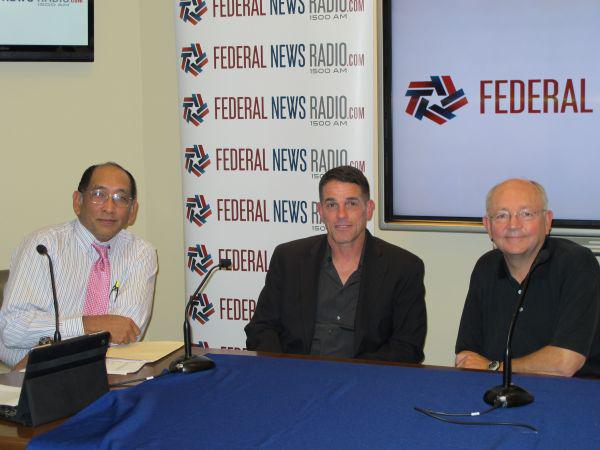AFCEA Answers: Frustrating Wait to Acquire Emerging Information Technology
The chief information officer for the U.S. Marine Corps says that in an era when he and his colleagues in the American military would like tactical radios to be a cross between a walkie-talkie and a smartphone, there is a big challenge to be overcome. And no, it has nothing to do with bandwidth, storage or even the device itself, although all of those are important considerations.
Instead, Brig. Gen. Kevin Nally, USMC, director, command, control, communications and computers, and chief information officer (CIO), U.S. Marine Corps, says, “I am frustrated by waiting too long to get current, emerging information technology into the infrastructure. Gen. Nally made his comments during a recent edition of the AFCEA Answers radio program.
The general says this frustration on his part is compounded by the reality that because his service is part of the Department of the Navy, he does not have the same kind of acquisition authority that CIO colleagues in other services and most civilian agencies enjoy.
“At the speed of cyber, I need it now, I don’t need it tomorrow. I think with the handheld devices that we will use in the future, that we are developing right now with DISA [the Defense Information Systems Agency] are good, they continue to improve, DISA has been very helpful. But it has to be secure in a cyber environment,” he says.
Gen. Nally also notes that young Marines just entering the service within the last few years are easier to train using new handheld devices, especially those based on commercial smartphone technology, because they grew up using similar devices.
Acknowledging the general’s frustration over the acquisition process, Maj. Gen. Dennis Moran, USA (Ret.), vice president of government business development with Harris RF Communications in Washington, D.C., notes that developing the next tactical radio is a “competitive environment.”
“The Army’s methodology of buying more often, but less items, is another way to attack it,” Moran explains. “The key is to get away from the more traditional ‘programs of record,’ get out of the way by putting different kinds of contract strategies. Certainly, you have to have the evaluation piece, both operational and developmental.”
Moran agrees with Gen. Nally that such technology needs to get into the hands of warfighters sooner rather than later, and that the competitive process of meeting that need will ensure that, at least as far as tactical radios are concerned, “the best will bubble to the top.”





Comment
AFCEA
This doesn't really seem like such a terrible concept. As a Chicago IT company, it seems like a great idea.
Thank you!
Hi, Mary, Thanks so much for your comment! I wonder - if you were to recommend changes to federal acquisition policy to speed deployment of new cutting edge communications technologies, what changes would you like to see? - Max
Comments